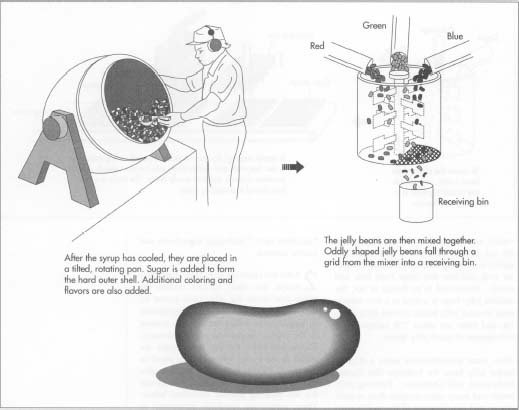Recently, I have come to recognise that during my high school years I drew the meagre sense of self-esteem I had from my teachers and any praise they meted out. While not wanting to blame my chemistry teacher for my lack of application in her subject, I do recall how devastated I was the day, early in our acquaintance, when she laughed off her mispronunciation of my name, with ‘You don’t mind, do you?’ Rightly or not, something within me was permanently altered from that moment on, and I never fully engaged with chemistry again.
In contrast, I had known my English teacher since my first year of high school. She had been my form teacher and my maths teacher in year 8. In year 9 a new school opened up closer to my home, so I went there, but in year 10, Ms W. transferred to the new school and she taught me English for the next three years.
It was she who first told me I was intelligent—in class, in front of everybody. From her I learned that my eyes were blue. In the middle of a maths lesson, where eye colour was being put to use in the service of a maths problem, she said ‘Kirsty, your eyes are blue, aren’t they?’ It might sound strange, since I now know that my eyes are especially blue, but until that point, it was something that I hadn’t known. I had been convinced by a comment from my mother that they weren’t any particular colour; that they were sort of non-descript.
I joined the debating team, solely because Ms W. was the co-ordinator. The team used to go over to her place, where her husband, who was my biology teacher, would serve us cordial and biscuits. After watching Kramer vs. Kramer in English, when it was apparent that everyone else in the class was convinced that the Dustin Hoffman and Meryl Streep characters would reunite, Ms W. asked what I thought. She knew that I would have a different perspective.
So, when it came to making, what seemed then to be an irreversible and permanently life-altering decision about what to do for a living, I decided to pursue a course in an area where I had received the most encouragement, and therefore had been the most successful. I left any thought of pursuing my interest in science behind.
It’s really only recently, via my interest in food and cooking—I also did home economics to senior level—that I find my interest in the science of food once again piqued.
For Christmas I received a voucher from Borders and I was able to get a book that I’d been looking at longingly for at least three years. What Einstein Told His Cook, by Robert L. Wolke promises ‘Kitchen Science Explained’. And so it does. When Morgan Spurlock asked people on the street what a calorie was for his documentary Supersize Me that was screened on Channel Ten a couple of weeks ago, I knew the answer, courtesy of Einstein’s mutterings. When I caught a repeat of Mythbusters on SBS over the weekend that sought to demystify the many urban myths around microwaves, I had already read with much interest Wolke’s chapter, dedicated to ‘Those Mysterious Microwaves’. I read the book too late to answer Laura’s question about sulphured molasses, but I’ve found it a wonderful complement to another repeated SBS programme that I missed the first time around, Sweet Paradise.
Sweet Paradise is a Canadian-produced documentary series about the history of sweets. Because of its Canadian origins, there’s a focus in the series on maple sugar that isn’t proportionate to its broader use in the history of sweets on a global scale, but still the sections on maple are interesting because of its novelty as a sugar and for its unique production process. Maple sugar aside, the history of other sugars and chocolate have been a bit of an eye opener. I don’t know why I hadn’t reflected on it before, but of course both the cultivation of sugar cane and the cacao bean have been an integral part of colonialism with slaves being coerced into the production of the sugar and chocolate destined for the exclusive tables of the European courts.
The series details various shifts in the history of sweets, from their initial ceremonial and medicinal uses to the royal edicts that transformed them into a source of inexpensive pleasure for everyone. Learning of the struggles between confectionary empires—Nestle, Lindt, Hershey, Mars, Cadbury—has also been fascinating. Why do we associate chocolate most readily with Switzerland when Spain was the first European country to know about chocolate? It was the Swiss who first thought to add milk to chocolate. Genius.
The connection between Sweet Paradise and What Einstein Told His Cook is most evident in the exploration of the various kinds of sugar, and the multiple products sourced from cocoa, including their discovery and development.
The murky origins of the jellybean have me intrigued, but so too does the apparent skill required to produce this common sweet just so. Of all the innovations in sweet making, I keep thinking that they are likely attributable to a food technologist, or a precursor of that profession.

Have I missed my calling, I wonder? I don’t know. Although, I did find out years later that on the strength of my teenage career musings, a school friend, who moved away in my senior year, did go on to become a food technologist. Sweet.
Happy Easter!
No comments:
Post a Comment